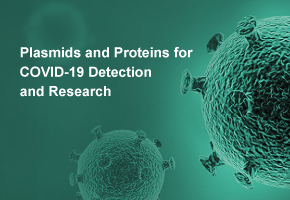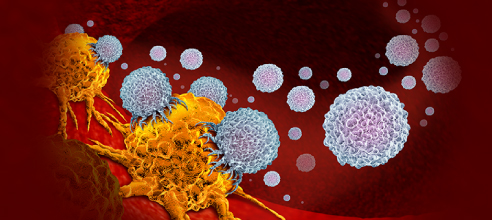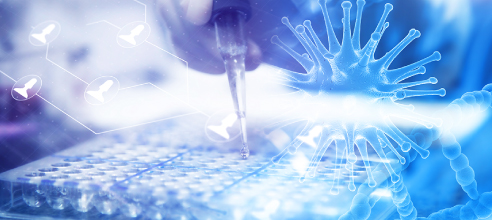Biopharma PEG Supplies PEG Products For Click Chemistry Reactions
What is "click chemistry"? "Click Chemistry", this is a literary name given to this kind of reaction by the Nobel Prize winner K.Burry Sharless, when the cards are put together, "click" (click). Simply put, it is to add two structures to two molecules respectively, and these two structures can be specifically combined to synthesize the required chemical molecules. One of the most famous click-chemistry reactions is the Cu-catalyzed azide-alkyne cycloaddition reaction (CuAAC reaction).
What is "bioorthogonal chemistry" is the click chemistry that occurs in the biological body, but it does not affect the normal biochemical reaction, and it is the promotion of click chemistry. Carolyn R.Bertozzi first applied it to the study of sugars, where she developed a chemical reaction that does not rely on copper catalysis, called "strain-promoted cycloaddition of alkynes - azides", which does not interfere with the normal biochemical reactions of organisms.
Applications of Click Chemistry
1. Sugar-mediated tumor
immunity
Bertozzi, who has long
been interested in sugars coated on the surface of cells, used "click
chemistry" to create antibody-enzyme conjugates that reshape sugar
calyces, as well as Lysosome-targeting chimera (LYTAC) that degrade
membrane-bound and extracellular targets. For example, human immune cells have
a class of carbohydrate-binding receptors called SIGLEC that can bind
sialoglycan. The signaling biochemistry of these receptors is almost identical
to that of PD-1, the same immunosuppressive receptor, but they do not bind to
PD-L1, but to sugars. Bertozzi's team developed an anti-HER2 antibody around
glycans that binds to sialase, which binds to these sugars on the surface of
cancer cells, allowing the immune system to recognize and attack the cancer
cells.
2. Improve ADC
production
In recent years, scientists have developed a new class of targeted drugs - antibody-drug conjugate (ADC). In the first generation of ADCs, the traditional coupling reaction is used, and it is not possible to control how many cytotoxic drug molecules bind to amino acid residues in monoclonal antibodies, nor is it possible to precisely control the binding position on monoclonal antibodies, which is actually a mixture of different monoclonal antibody conjugations. However, if bioorthogonal chemistry is introduced during the monoclonal antibody treatment, it provides a way to control the number and location of the coupled drug molecules. Bertozzi used a coupling technique derived from bioorthogonal chemistry, SMARTag, to pair an anti-CD22 antibody with two medenin molecules to create a new ADC drug, TRPH-222. The drug began to enter clinical trials in April 2019, and published positive results in February this year, showing good prospects for development.
At present, click chemistry has an important application in chemical biology. Because some of these click chemical reactions can take place in living cells and do not disrupt biochemical processes, they are used as tools to attach fluorescent-labeled molecules to biological cells, illuminate the interior of cells, and help image biomolecules in living cells.
Biopharma PEG offers a wide range of PEG products for click chemistry reactions. It supplies PEG products & reagents functionalized with azide, alkyne, DBCO and other cyclooctyne. Below is a part of PEG for click chemistry reactions.
DSPE-PEG-DBCO CatalogID: 11334 Purity: ≥95% CAS NO.: 2052955-83-4
DSPE-PEG-Man CatalogID: 12210 Purity: ≥95%
DOPE-PEG-FA CatalogID: 12215 Purity: ≥95%%
STA-PEG-OH CatalogID: 12266 Purity: ≥95%
N3-PEG4-OH CatalogID: 10593 Purity: ≥95% CAS NO.: 86770-67-4
N3-PEG8-NH2 CatalogID: 10615 Purity: ≥95% CAS NO.: 857891-82-8
N3-PEG12-COOH CatalogID: 10582 Purity: ≥95% CAS NO.: 1167575-20-3
- Like
- Reply
-
Share
About Us · User Accounts and Benefits · Privacy Policy · Management Center · FAQs
© 2025 MolecularCloud




